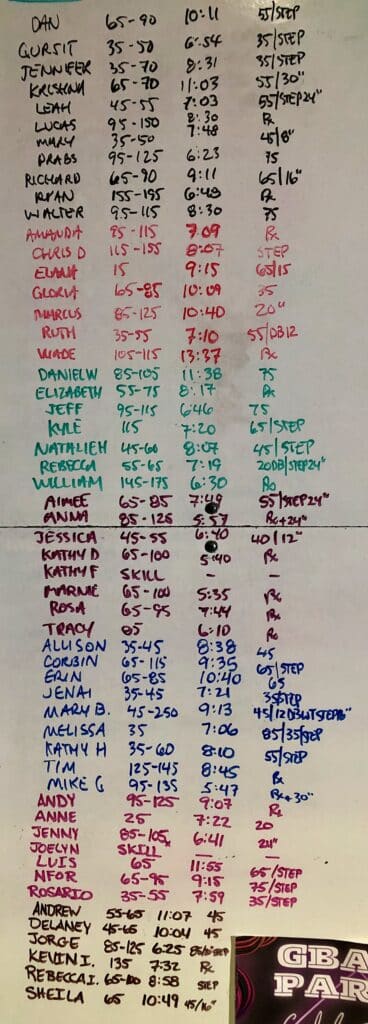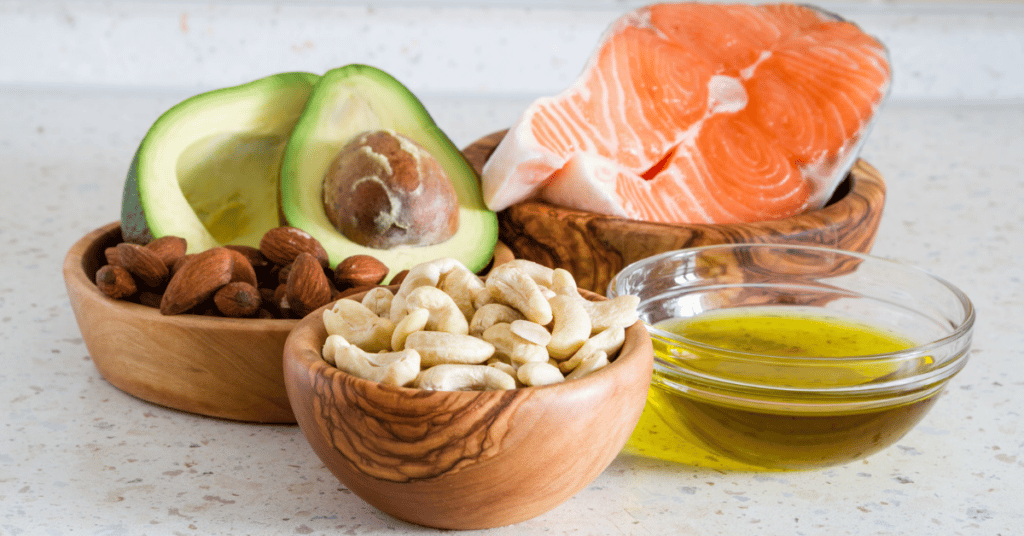BENEFITS OF FATS
Most of us have been conditioned to think that fat is bad. All over the media and supermarkets, we see reduced-fat this and low fat that. This idea that all fat is terrible or that fat in our diet equals fat on our body is very far from the truth. Eating the right types of fats in the appropriate amounts is going to help you be healthier and, as counterintuitive as it sounds, reduce fat as well.
WHAT ARE FATS?
Fats are organic molecules made up of carbon and hydrogen elements joined together in long chains called hydrocarbons. These molecules can be constructed in different ways, which creates different types of fat with unique properties.
The molecular configuration also determines whether fats will be healthy or unhealthy. There are three main types of fat: saturated, monounsaturated, and polyunsaturated.
BENEFITS
Healthy fats are an essential part of our diet because they serve several important functions:
- Fats enable the body to absorb and use the nutrients found in many types of foods such as the fat-soluble vitamins A, D, K and E in fruits and vegetables. Without fat, our body cannot transport and use these vitamins.
- Fats help with brain function, concentration, memory, and mood. The main constituent of brain tissue is, in fact, fat.
- The right kinds improve heart health and keep cholesterol levels in check.
- Fats keep our metabolism and especially our hormone levels running smoothly. Without fats, reproduction would not be possible.
- Fats provide calories, so we feel full after eating.
BODY FAT
Does eating fat make you gain body fat? No, eating more calories than your body needs causes us to gain weight.
Fat helps keep your metabolism and hormones happy and running smoothly, which makes burning fat easier. You need fat in your diet to support the hormones that will allow you to get that lean physique. The right types of fats – whole food, natural sources – will prime your body to burn fat efficiently because your bodily systems will be happy.
The only factor we do need to consider is portion size, as fats are calorie-dense. Remember, one portion is equal to the size of one thumb.
TRANS FATS
Unhealthy fats are typically those that are industrially produced and designed to be non-perishable, such as trans-fatty acids that appear in processed foods and hydrogenated fats such as margarine.
Trans fats raise your bad (LDL) cholesterol levels and lower your good (HDL) cholesterol levels. Eating trans fats increases your risk of developing heart disease and having a stroke. They’re also associated with a higher risk of developing type 2 diabetes.
Consumption of trans fats should be limited as much as possible. The best scenario here is zero. Check labels and look for words like “hydrogenated” and “partially hydrogenated” then put the product back on the shelf. Trans fat and hydrogenated fats are found in processed foods.
Trans fat occurs in fried foods like doughnuts, and baked goods including cakes, pie crusts, biscuits, frozen pizza, cookies, crackers, and margarine and other spreads.
CrossFit GBAR3 WOD
STRENGTH
push press 5 x 5
WOD
21-15-9
deadlift, 95/65
push press
box jumps, 24/20
AWOD
20 GHD hip extensions and GHD sit ups





